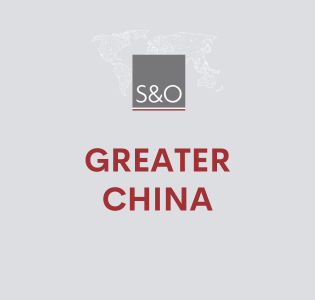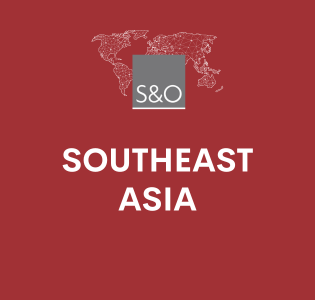BOMCA: EU – UZBEK COOPERATION
28 Jun 2023
Uzbekistan
share
Relations between CIS countries and the European Union have been increasing at a steady rate with an example of this being Tajikistan, Kazakhstan and Kyrgyzstan becoming part of the WTO. Trade between the EU and Uzbekistan specifically has been on the rise, especially since the ratification of the EU-Uzbekistan Textiles Protocol in 2016. While the EU rightly recognises the immense strategic importance of Central Asia, it is also aware of the multitude of issues facing the region including security problems concerning Afghanistan.
In general, the EU centres their collaboration with Central Asia around resilience, prosperity, and regional cooperation – including topics such as democratization, human rights, border security and general connectivity and collaboration. Every year a high-level Political and Security Dialogue between EU and Central Asian representatives takes place in Brussels. Such dialogues have become even more crucial with the Taliban coming to power in the summer of 2021 and the crucial position of Central Asia in this situation, with Uzbekistan having made steps towards cooperation with the current regime leaders.
An example of the European concept of IBM – Integrated Border Management – was proposed by BOMCA to facilitate connectivity and solve the issue of cooperation amongst Central Asian border agencies. BOMCA 10(th phase) – the Border Management Programme in Central Asia – is an EU-funded program, established in 2002, with an overall objective “to increase the effectiveness and efficiency of border management in Central Asia by introducing advanced elements of Integrated Border Management (IBM), assisting governments in developing and reforming their migration governance, mobility and trade facilitation policies, and strengthening capacities of Border and Migration Agencies, thus contributing to security and economic development at national and regional levels”. In early February of 2023, BOMCA 10 organised an EU-funded workshop in Tashkent using Component 3 of the objectives as a foundation for an exchange on “innovative principles and methods in risk management and green channels for national experts in the fields of development and implementation of risk management strategies and measures of the Customs Administration of Uzbekistan”.
Similar workshops also took place in Kyrgyzstan and Kazakhstan with plans for more such events across Central Asia to “support the regional economic integration process”. The goal of this workshop was to help the customs administration “in developing and improving their risk management system through the application of innovative methods, tools and information systems used to classify and profile customs” risks. Certain areas were established and suggestions were given on where the risk management and green channel systems (which generally aim to facilitate the customs process) could be further developed and modernised.
While there is room for improvement, cooperation and collaboration between the European Union and Uzbekistan has improved, an example of this being BOMCA 10, and is improving year on year.




